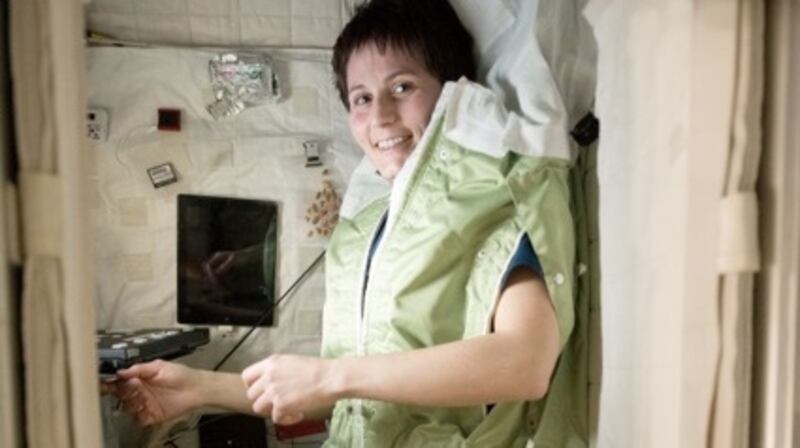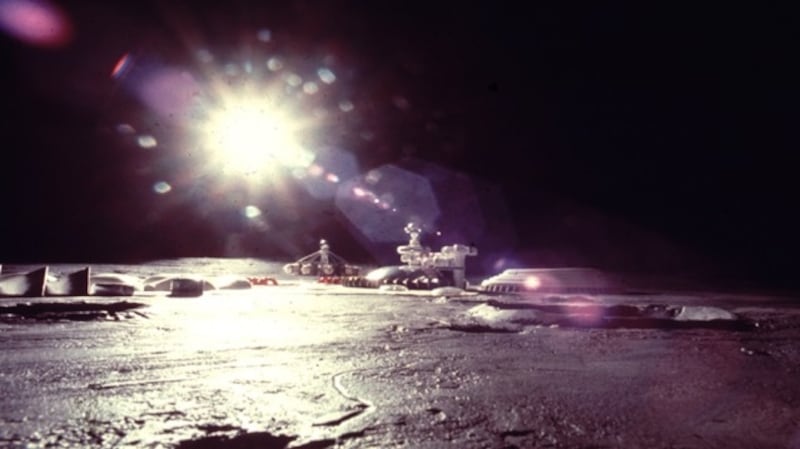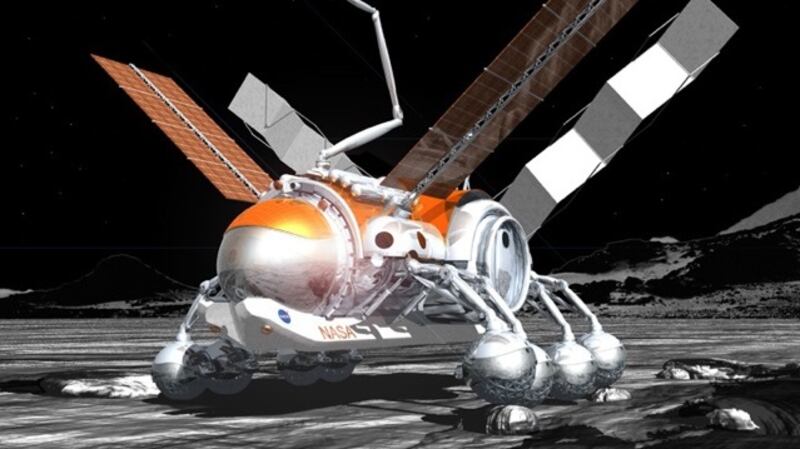Life in space is pretty remote, the stuff of fantasy for most of us – but can design principles learned from space travel be applied to living on planet Earth?
Architect-designer Guillermo Trotti has developed a design for the South Pole Station and worked for Nasa on lunar bases, Mars vehicles and the International Space Station, which has been permanently inhabited by astronauts for 16 years. Trotti calls it "the most extraordinary lab humanity has ever built".
He specialises in design for extreme environments, so he’s at the intersection of technology, design and sustainability, designing for “space, the Antarctic, oil rigs, deserts in Saudi Arabia. Humans, no matter where we go, need to be happy in mind and body to produce work. I’m interested in the psychology of the working environment: lighting, colour, acoustics, safety.
“If you are living somewhere extreme and dangerous, and if you are in fear, you cannot work.”
So the first principle for living in extreme environments is safety. He designs hardware that functions, is low-maintenance, and is safe. “This is a must. Failure is not an option.”

Then he strictly follows “environmental requirements. Each place has a set of conditions which you have to design for. In space this means dealing with vacuums, lack of gravity, radiation; designing for under water, pressure and darkness are what drives the design.”
Crucial for life in space, and on earth, he says, is harnessing natural energy: wind, sun, waves. In space, fossil fuels are out, and everything is powered by the sun. He sounds evangelical when he talks about how homes on earth can be self-sufficient. Many of the technologies used in space can be applied to earth, for example reusing water; in space, all water is reused, including urine, which is filtered.
“In extreme environments, you use the materials around you. In the jungle, you have bamboo; you don’t use steel. On Mars or the Moon you use sand or local regolith.”
So on earth he advocates building with local materials and local skills. “It’s not complicated. We are basic animals. It’s the same here as on Mars.”

Trotti applies his principles on earth, designing sustainable developments and buildings – currently hotels, condominiums, eco-parks, and homes in remote islands of the Caribbean and Latin America, where he uses appropriate technologies and eco-friendly building techniques to suit the tropical environment.
Sustainability is a real possibility. “Today we know how to do this. We are finally smart enough to control things. It is time to act, and start to apply what we know. The planet is being deteriorated daily. In this fourth industrial revolution, we can do this. But we need the political will to do so. We can no longer claim ignorance. It is time to act and apply what we know, for the benefit of humanity.”
His next mission is “to use technology and the lessons learnt from space to support earth and create advocates for this planet.”
Trotti is doing this by working on the EarthThinx project, a cognitive platform designed to empower individual citizens, businesses, academia and governments to make smarter societal, economic and ecological decisions .

Born in Argentina and now based in Massachusetts, Gui Trotti is in the fourth generation of architects in his family. He moved to Houston, Texas in 1969, a few weeks before the lunar landing, which had a formative influence on his career. "This was a jolt, coming from the world of Latin America, to this reality that people were walking on the moon," he has said.
He wanted to work with Nasa, and was recruited by Dava Newman, formerly deputy administrator of Nasa, now professor of aeronautics and engineering systems at MIT. His job was to design and run its space architecture department. It became a lifelong collaboration, personal and professional.
Newman and Trotti are together presenting Designing for Extreme Human Performance in Space, on Monday October 9th in Cork, and Tuesday October 10th in Dublin, as part of Space Week.
Newman designs advanced “second-skin” spacesuits and investigates enhanced locomotion for planetary exploration.
Her “BioSuit” is engineered to withstand long-duration space flights and to counter bone loss, radiation and lack of gravity, while allowing astronauts far greater mobility.
This would replace current bulky gas-pressurised spacesuits.
The BioSuit also has applications on earth, for those dealing with cerebral palsy, MS or stoke, where it can enhance stability and enhance daily activities.
Newman and Trotti’s quest for exploration led to them to sail off in 2001, to circumnavigate the earth for 18 months, on a 47-foot cutter rig, designed for sailing for long periods without re-supply. Living on the boat, she started designing the revolutionary spacesuit, and he explored working with local materials for sustainable living.
While travelling they were “ambassadors” on an international Nasa outreach project, visiting 33 isolated island countries to teach children about sea and space exploration. “We were recruiting Mars astronauts,” Newman says.
Ireland’s Space Week runs until Oct 10th. Its aim is to encourage exploration of the universe and to raise public awareness of the benefits, challenges, and inspiration of space exploration and Earth observation. This year’s theme is Our Planet, Our Space, Our Time. Event details at spaceweek.ie, including Newman and Trotti’s Pushing Human Limits to the Extreme (CIT Cork and Blackrock Castle Observatory Mon Oct 9th; : UCD Dublin Tuesday Oct 10th)



















